Every day, numerous stores are launched, but only a fraction of them achieve success. It is natural to wonder about the Shopify success rate and assume that anyone can create a profitable online store, but that is not always the case. The success rate is crucial in eCommerce businesses, especially on the Shopify platform, as it determines the ability to generate revenue. This article outlines various strategies to improve your Shopify success rate. By sharing proven techniques for successful Shopify stores, we aim to provide valuable insights that can benefit your eCommerce business.
Table of Contents
- What Is Shopify Success Rate?
- Top 10 Reasons For Shopify Failure Rate
- Lack Of Clear Purpose Or Value Proposition
- Choosing The Wrong Products
- Poor Marketing Strategies
- No Mobile-first Design Approach
- Bad Customer Service
- Not Enough Traffic On The Online Store
- Limited Payment Methods
- High Shipping Costs And Other Shipping Problems
- Not Enough Cross-sells, Upsells, Or Related Products
- Lack Of Social Proof
- Not Leveraging Email Marketing
- Tips To Improve Your Shopify Success Rate
- Offer Clear Purposes and Compelling Values For Your Store
- Research And Select The Right Products
- Increase Your Advertising Budget In Multiple Channels
- Offer Discounts And Coupons
- Make Sure Your Website Is Easy To Use
- Make Sure Your Site Is Mobile-friendly
- Improve Your Customer Service
- Improve Your Website’s SEO
- Improve Your Product Image Quality
- Offer A Wide Range Of Payment Options
- Provide Free Shipping
- Implement Up-sell, Cross-sell, And Related Product Strategies
- Collect Social Proof Because It Matters
- Utilize Email Marketing Tools
What Is Shopify Success Rate?
It is difficult to determine a specific success rate for Shopify, as it depends on various factors such as the type of business, the quality of products or services, the marketing strategies used, and many other variables.
However, Shopify has been successful in terms of its growth and popularity as an eCommerce platform. It is currently one of the leading eCommerce platforms, with over 1.7 million businesses using its services to sell products and services online.
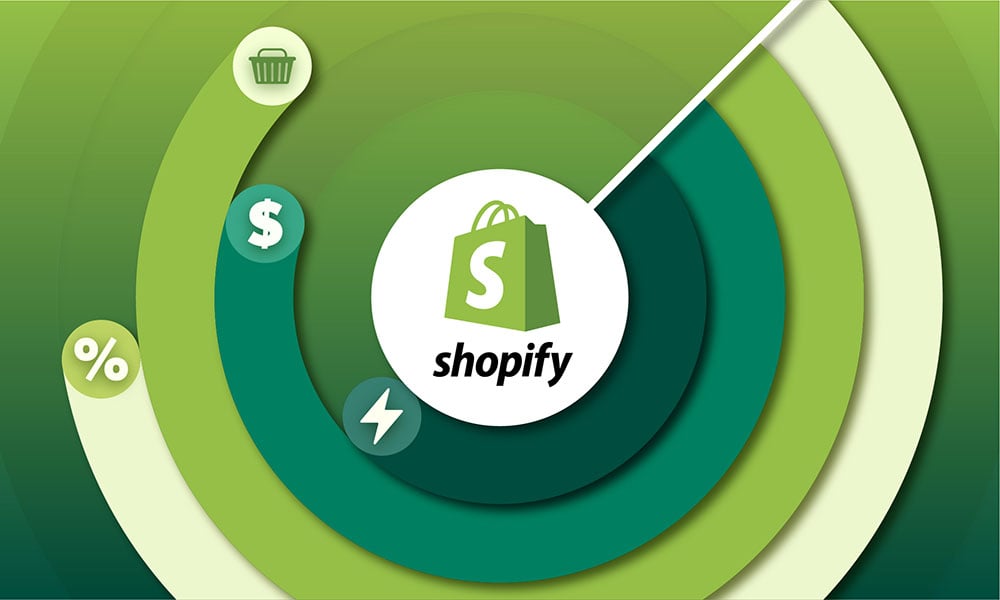
There are many success stories of businesses that have used Shopify to grow and scale their eCommerce operations. Many of these success stories are due to the ease of use, affordability, and range of features offered by the platform.
Ultimately, the success rate of a business using Shopify will depend on how well they execute the eCommerce strategy and the quality of products or services. Shopify provides the tools and resources necessary for success, but it is up to the individual business to make the most of these resources and build a successful online presence.
Top 10 Reasons For Shopify Failure Rate
Lack Of Clear Purpose Or Value Proposition
One potential reason for Shopify’s failure rate is a lack of a clear purpose or value proposition. For a Shopify store to succeed, it needs to offer something unique or valuable to customers. This could be a niche product that is difficult to find elsewhere, exceptional customer service, or a unique shopping experience.

If a Shopify store does not have a clear purpose or value proposition, it may struggle to attract and retain customers. Customers may not see the value in shopping at the store or may not understand what makes it different from other online stores.
Furthermore, a lack of clear purpose or value proposition can make it difficult for a Shopify store to differentiate itself from the competition. With so many online stores available, customers have many options to choose from. A Shopify store needs to offer something unique or valuable to stand out and attract customers.
Choosing The Wrong Products
Another potential reason for Shopify’s failure rate is choosing the wrong products to sell. It is important to thoroughly research and analyze the demand for products in the market before adding them to a Shopify store.
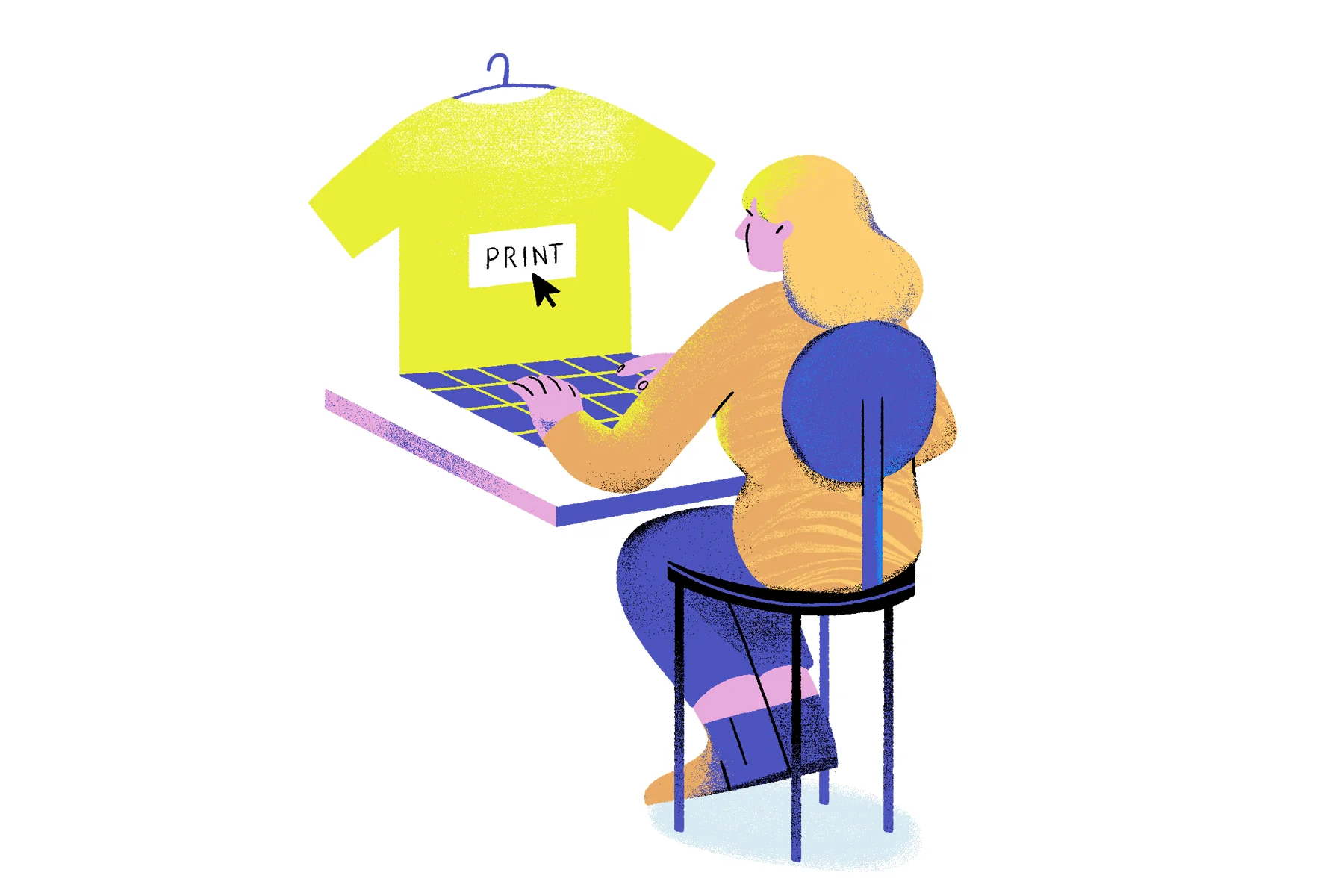
If a Shopify store chooses to sell products that are not in demand or do not resonate with its target audience, it may struggle to generate sales and attract customers. This can lead to low revenue, poor cash flow, and ultimately failure of the business.
Additionally, selling products that are too competitive or oversaturated in the market can also contribute to failure. If there are already established brands or businesses selling similar products, it can be difficult for a new Shopify store to compete and gain market share.
Poor Marketing Strategies
Another potential reason for Shopify’s failure rate is poor marketing strategies. Even if a Shopify store has a great product and a well-designed website, if they are not reaching their target audience effectively, they may struggle to generate sales and attract customers.
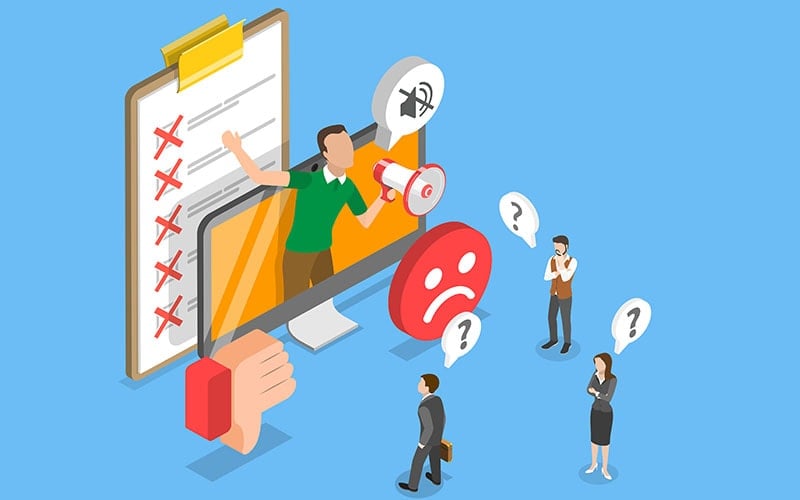
A common mistake is to rely solely on organic traffic or word-of-mouth to drive sales. While these can be effective channels, they may not be enough to generate significant sales and revenue. A Shopify store needs to have a well-thought-out marketing strategy that includes various channels such as social media, email marketing, paid advertising, and search engine optimization (SEO).
Another mistake is to invest too much money in a single marketing channel without testing or analyzing the results. For example, a Shopify store may spend a significant amount on Facebook advertising without testing different ad creatives, targeting options, or analyzing the return on investment (ROI). This can lead to wasted marketing spend and poor results.
No Mobile-first Design Approach
With more and more customers shopping on mobile devices, a Shopify store must have a responsive website that provides a seamless mobile experience.
If a Shopify store does not have a mobile-first design approach, its website may not be optimized for mobile devices, resulting in slow page load times, poor user experience, and low conversion rates. This can lead to lost sales and revenue, and ultimately, the failure of the business.
Bad Customer Service
Bad customer service is another potential reason for Shopify’s failure rate. Customers expect prompt and helpful customer service, and if a Shopify store does not provide this, it can lead to negative reviews, low customer satisfaction, and lost sales.

A common mistake is to ignore or dismiss customer inquiries or complaints. If a Shopify store does not respond to customer inquiries promptly and with empathy, it can lead to frustrated customers who may choose to shop elsewhere.
Another mistake is to provide poor quality customer service. This can include unhelpful or dismissive responses, lack of knowledge about the products or services offered, or long wait times for customer support.
Not Enough Traffic On The Online Store
Generating traffic to your Shopify store is crucial to achieving sales success. When there are not enough visitors to your store, it becomes difficult to generate sales and revenue. Without traffic, your store may be overlooked by potential customers, leading to low conversion rates and limited growth.

Therefore, it’s essential to focus on increasing the traffic to your store by implementing effective marketing strategies, optimizing your website for search engines, and utilizing social media platforms to reach a wider audience. By doing so, you can drive more traffic to your store, boost your visibility, and increase your chances of success.
Limited Payment Methods
Customers have different preferences for payment methods, and if a store doesn’t offer their preferred method, they may abandon their purchase. For instance, if a store only accepts credit cards, customers who prefer using PayPal, Apple Pay, or other methods will not be able to make a purchase. This can lead to a loss of potential sales and dissatisfied customers.

To avoid this issue, it’s crucial for Shopify stores to offer multiple payment methods to their customers. This includes popular methods such as credit cards, PayPal, Apple Pay, and more. It’s also important to ensure that the payment process is secure, easy to use, and transparent to build trust with customers.
High Shipping Costs And Other Shipping Problems
Despite having a great product and marketing strategy, failing to deliver products on time can significantly impact your customer retention rate. If your Shopify store sells physical products, shipping, and shipping policies should be a top priority. Ensuring that your products reach their destination safely and on time is essential to maintaining customer satisfaction and loyalty.

Shipping problems can arise from a variety of reasons, including poor packing materials, incorrect labels, disorganized warehouses, and more. If a customer orders from your store and experiences delays or poor-quality shipping, they are unlikely to return. This can result in a loss of trust in your brand, leading customers to seek out competitors instead.
To prevent shipping-related issues, it’s essential to establish clear and effective shipping policies, including accurate delivery estimates and reliable shipping methods. Investing in quality packing materials and a well-organized warehouse can also help ensure successful and timely deliveries. Remember, shipping is a crucial aspect of your business, and prioritizing it can help boost customer satisfaction and drive sales.
Not Enough Cross-sells, Upsells, Or Related Products
Cross-selling involves offering customers complementary products that complement the item they’re already purchasing. For example, if a customer buys a dress, you might suggest a matching pair of shoes or a coordinating handbag. Upselling, on the other hand, involves encouraging customers to purchase a higher-priced version of the product they’re interested in. For instance, if a customer is considering a mid-priced laptop, you might suggest a more advanced model with better features.
Related products are items that are similar or complementary to what the customer is already viewing. For example, if a customer is looking at a winter coat, you might suggest gloves, hats, or scarves that would go well with the coat.
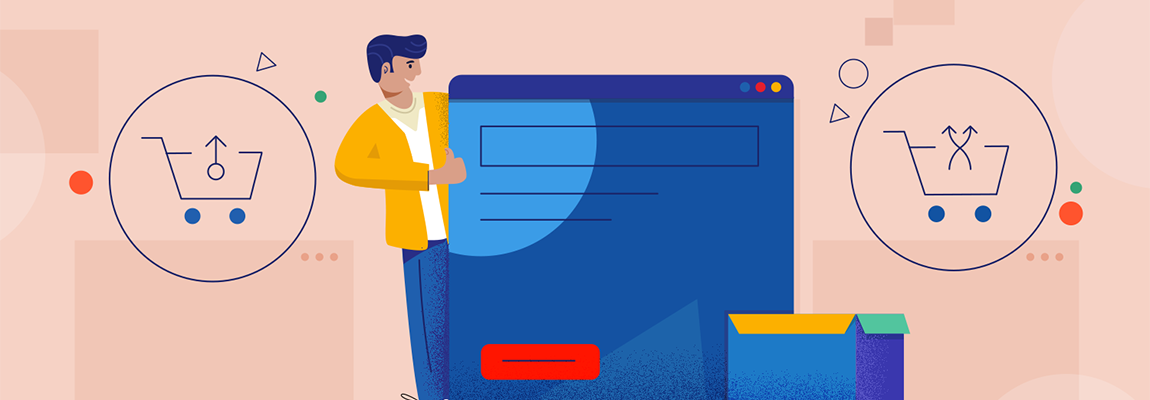
Not utilizing these techniques can result in missed sales opportunities. Customers may not be aware of other items that would complement their purchase, or they may not realize there is a more advanced version of the product they’re interested in.
To optimize cross-selling, upselling, and related products, it’s crucial to have a thorough understanding of your customer base and their needs. You can use customer data, purchase history, and browsing behavior to tailor your recommendations and increase the likelihood of customers making additional purchases. Additionally, prominently featuring related products or offering bundle deals can increase the visibility and appeal of these options.
Lack Of Social Proof
Social proof refers to the collective influence that other customers can have on a prospective buyer’s purchase decision. It can come in the form of reviews, ratings, testimonials, social media shares, or even celebrity endorsements.
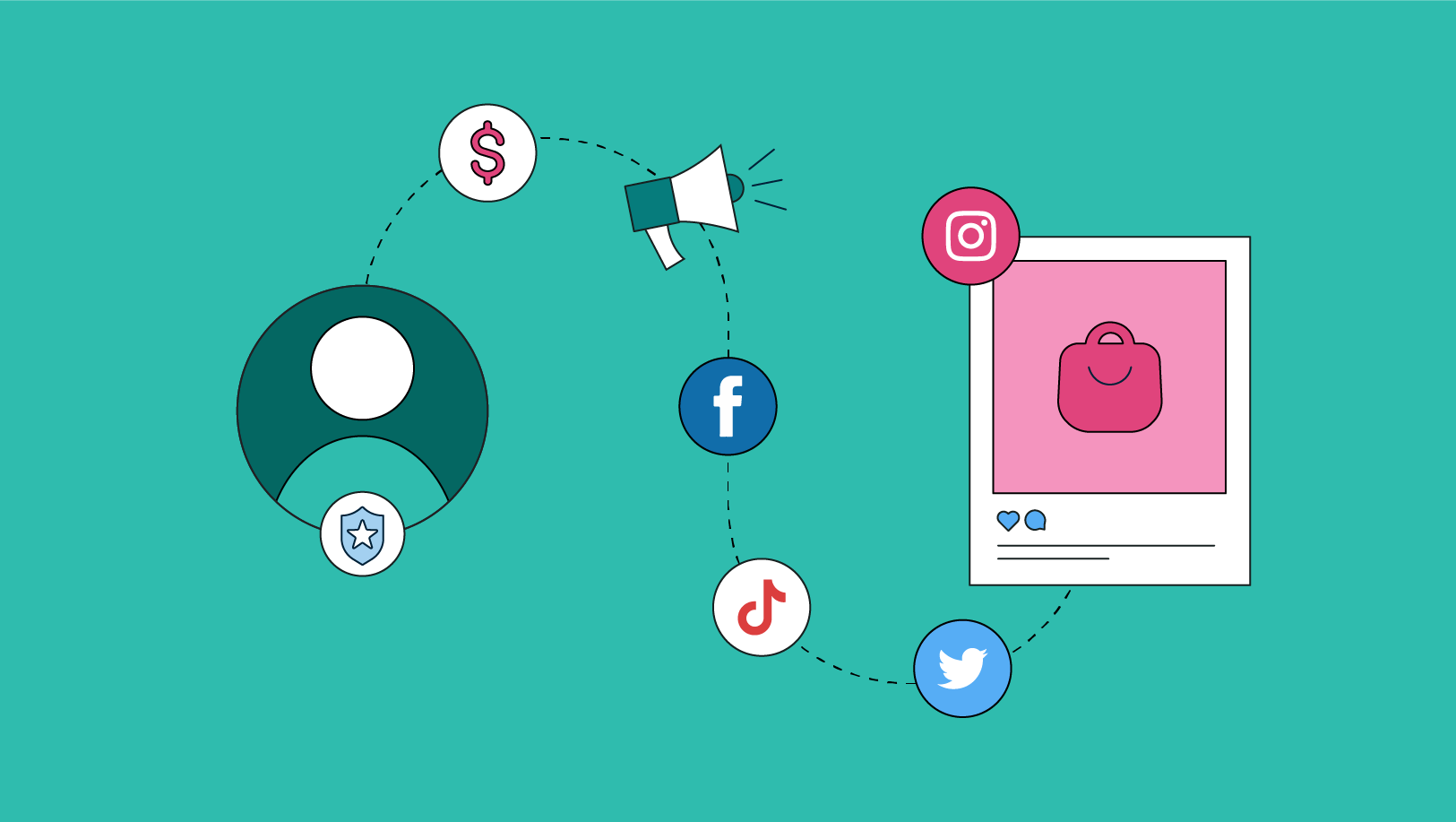
If your online store lacks social proof, it can be challenging to gain the trust of potential customers, which will ultimately affect your sales rate. Customers often rely on the experiences of others before making a purchase, and without any social proof, they may hesitate to buy from your store.
To increase social proof on your Shopify store, you can start by implementing customer reviews and ratings. You can also add social media widgets to display the number of likes, shares, and followers you have. Additionally, you can leverage influencer marketing by partnering with social media personalities or industry experts to promote your brand.
Not Leveraging Email Marketing
Email marketing is one of the most effective marketing strategies to generate sales and increase customer loyalty. However, many Shopify store owners do not take advantage of this powerful tool.
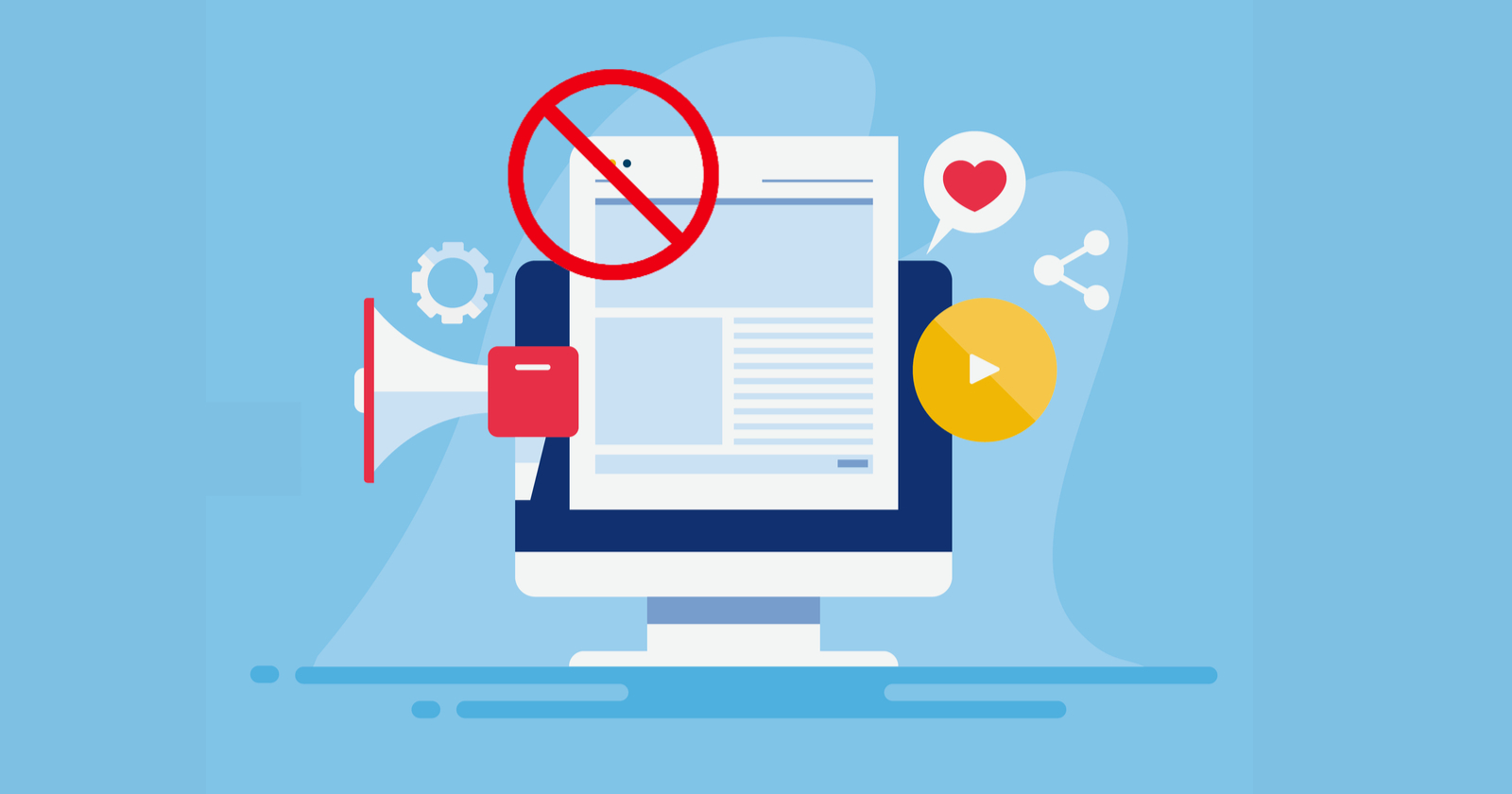
Sending regular emails to your subscribers can keep them engaged and updated on your latest products, sales, and promotions. Email marketing can also help you build a relationship with your customers and establish brand loyalty.
By not leveraging email marketing, you are missing out on an opportunity to build a long-term relationship with your customers. You can use email marketing to drive traffic to your website, promote your products, and increase your sales.
Moreover, email marketing is cost-effective and easy to use. With the right tools and strategies, you can automate your email campaigns, track your results, and optimize your emails for better engagement and conversion rates.
Tips To Improve Your Shopify Success Rate
Offer Clear Purposes and Compelling Values For Your Store
To increase your Shopify success rate, you must begin by developing a compelling value proposition and clear purposes for your business. Starting with a value proposition is crucial as it’s one of the most critical aspects of your business.

Your Shopify store shouldn’t just be a basic online product catalog. It should reflect who you are as a business owner, what makes your brand distinct from others, and which value you can bring to your customers. Therefore, having a captivating value proposition that offers directly to your target audience is vital to help them understand why they should choose you over your competitors.
This involves creating a unique identity that sets you apart from other brands in your industry or niche market. You should also have a well-crafted mission statement that explains how your products or services are different, how they can enhance people’s lives, and what is your brand’s value proposition.
A good value proposition should highlight why you started the business, what distinguishes your products or services, and how they can improve customers’ lives.
Research And Select The Right Products
To increase your Shopify store success rate, it’s crucial to research and select the right products to sell. This means identifying products that are in demand and align with your brand values, target audience, and niche market.

To research the right products, you can use various tools like Google Trends, social media, and competitor analysis. By analyzing these data, you can determine what products are trending and what your customers are looking for.
Once you’ve identified the right products, you need to select them carefully based on their quality, cost, and potential profitability. Make sure that the products you select are not too expensive to produce or too expensive for your customers to buy.
Remember, selecting the right products is one of the most critical factors in the success of your Shopify store. So take your time, do your research, and select the best products that align with your business goals and target audience.
Increase Your Advertising Budget In Multiple Channels
One way to improve your Shopify success rate is to increase your advertising budget and allocate into multiple channels to reach out to wider target audiences. While it’s important to have a strong organic reach through SEO and social media marketing, paid advertising can help you reach a wider audience and drive more traffic to your store.

You should explore various advertising platforms such as social media ads, Google Ads, influencer marketing, email marketing, and more. Each platform has its own strengths and weaknesses, so it’s important to research and understand which ones would work best for your business and target audience.
Using analytics tools to target specific demographics and interests that align with your products or services. After drawing your specific customer’s personas and selecting the optimal marketing channels, you can start investing with a modest budget and monitor your results closely, adjusting your strategy as needed to maximize your return on investment.
Remember to also focus on creating engaging ad copy and visuals that effectively showcase your products and capture the attention of potential customers. With the right advertising strategy in place, you can increase brand awareness, drive more traffic to your store, and ultimately boost sales.
Offer Discounts And Coupons
Offering discounts and coupons is a great way to attract new customers and encourage repeat business on your Shopify store. By providing a special offer or incentive, you can motivate shoppers to make a purchase and increase your overall sales.
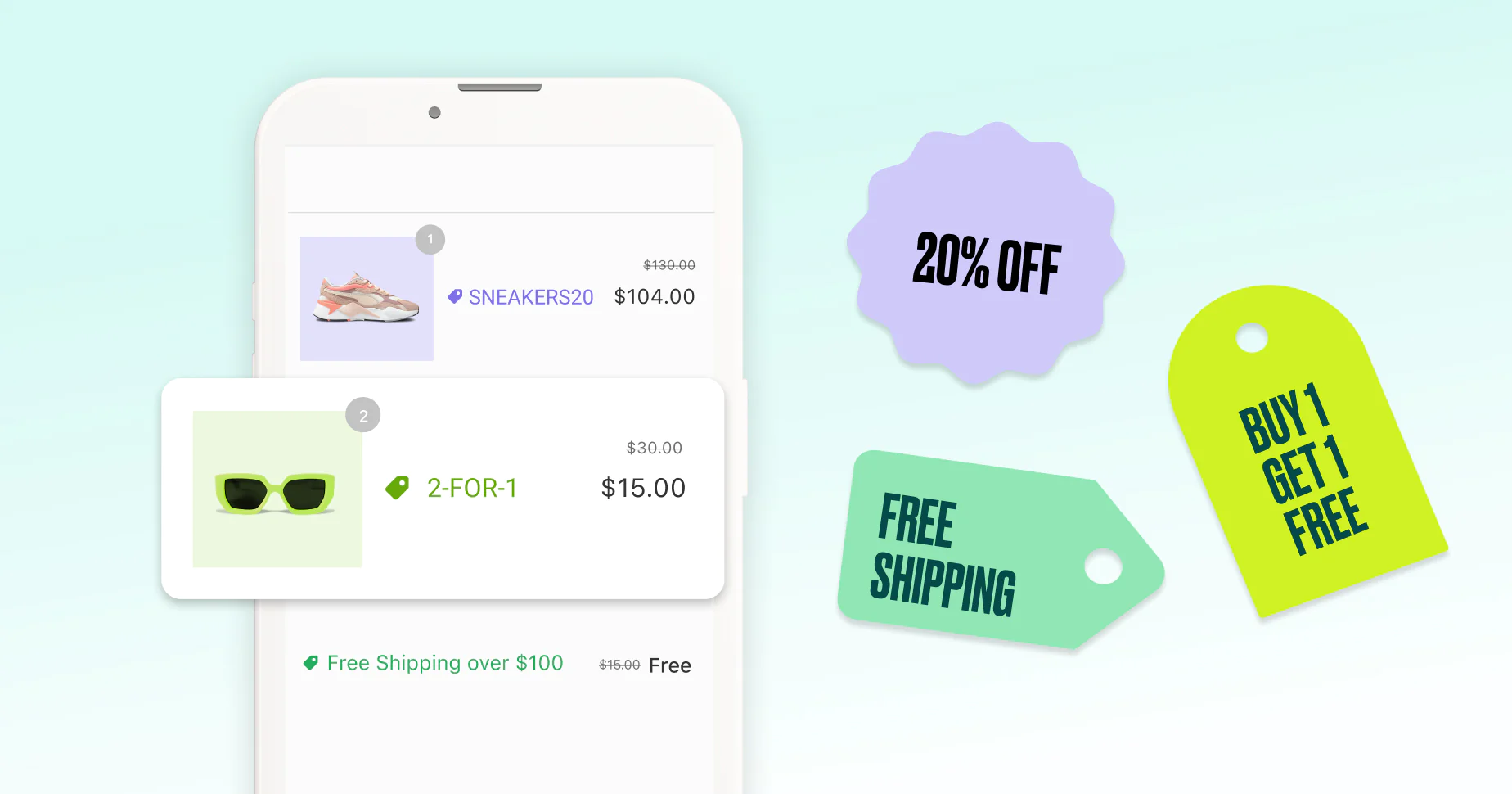
You can offer discounts and coupons in various ways, such as offering a percentage or dollar amount off a purchase, providing free shipping, or giving a discount on the next purchase. There are multiple ways to provide discounts and coupons to your customers, some of which include:
- Distributing discounts and coupons through social media platforms
- Providing discounts and coupons via email newsletters
It’s important to ensure that your discounts and coupons are well-planned and don’t negatively impact your profit margins. You can also use them strategically to drive sales during slow periods or to clear out excess inventory.
Make Sure Your Website Is Easy To Use
It is crucial that your eCommerce website is user-friendly because if your customers find it difficult to navigate, they are less likely to make a purchase. Therefore, it is essential to ensure that your website is easy to use.

To achieve this, there are several strategies you can implement, such as:
- Clear and simple website design: Your website design should be clean, modern, and easy on the eyes. Avoid cluttering your site with too many elements that can confuse or overwhelm your visitors.
- Intuitive navigation: Your website should have clear and easy-to-use navigation menus that allow customers to find what they’re looking for quickly.
- Search functionality: A search bar can help customers find products more easily.
- Mobile-friendly design: Your website should be optimized for mobile devices, as many customers will be shopping on their phones or tablets.
- Fast loading speed: A slow-loading website can deter customers and hurt your search engine rankings.
- Clear product descriptions: Each product should have a detailed description, including photos, dimensions, and other relevant information.
By paying attention to these factors, you can create a website that is easy to use and enjoyable for customers, which can lead to increased sales and improved customer retention.
Make Sure Your Site Is Mobile-friendly
A large number of online shoppers use their mobile devices to browse products and make purchases. Hence, it is crucial to ensure that your website provides a great mobile experience.

If your website is not optimized for mobile, customers may not be able to view all of your products or determine their prices. When designing a new website, make sure it is responsive, which means it can adjust to different devices and browsers to ensure a seamless user experience. Consider the following tips to optimize your website for mobile devices:
- Use A Responsive Design: It allows your website to automatically adjust its layout based on the size of the screen it’s being viewed on. This means that your website will look great and be easy to use whether your customers are browsing on a desktop computer or using their mobile devices.
- Compress images to reduce loading time: Large image files can cause customers to leave your website, so using a tool like Tiny PNG to reduce the file size while maintaining image quality is recommended.
- Run each new page through Google’s Mobile-Friendly Test: Mobile optimization is essential, and Google offers a free tool to test your site’s mobile-friendliness. Every time you add a new page, run it through the Mobile-Friendly Test to ensure it passes.
- Minimize unnecessary plugins: Although plugins can enhance website functionality, they can also increase load times. Stick to essential plugins that your store needs to function at its best.
- Utilize Optimal Font Size: Your website’s font should be big enough to be easily readable, but not too big that it causes visual clutter or takes up too much space on the screen. A good rule of thumb is to use a font size of at least 16px for body text and larger sizes for headings and important text.
Improve Your Customer Service
Good customer service is crucial for building customer loyalty and ensuring repeat business. In addition to using loyalty apps available on Shopify, there are several ways you can improve your customer service:
- Be responsive: Respond to customer inquiries and support requests as quickly as possible. Consider setting up an automated email or chatbot to respond to inquiries after business hours.
- Ensure accessibility: Make it easy for customers to reach out to your support team by offering multiple contact channels such as email, phone, and live chat, and by providing timely responses to their inquiries.
- Train your support team: Make sure they have the necessary skills and knowledge to assist customers with their inquiries and resolve any issues effectively.

- Personalize your support: Use your customers’ names and reference their order details when communicating with them to create a more personalized experience.
- Foster a friendly and helpful environment: Encourage your customer support team to be approachable, empathetic, and patient when dealing with customers.
- Ask for feedback: Encourage customers to provide feedback on their experience with your store and use that feedback to improve your customer service in the future.
Improve Your Website’s SEO
To increase the success rate of your Shopify store, improving your website’s SEO is crucial. Search engine optimization refers to the process of optimizing your website’s content to rank higher in search engine results pages (SERPs).

Fortunately, there are several ways you can optimize your Shopify store to improve your website’s SEO.
- Creating high-quality content: You should aim to create engaging and informative content that resonates with your target audience. Additionally, optimizing your website for primary keywords relevant to your products or services can help improve your website’s ranking in search engine results.
- Building backlinks to your website: Backlinks are links to your website from other websites, and having a high number of quality backlinks can improve your website’s credibility and visibility in search engine results.
- Improving your website’s loading speed: A slow-loading website can negatively impact user experience, leading to a higher bounce rate and lower search engine rankings.
- Ensuring your website is mobile-friendly: With the increasing use of mobile devices, having a mobile-friendly website is essential for improving your website’s SEO.
Shopify offers a range of built-in SEO features that can help improve your store’s SERP ranking. You can use Shopify’s title and meta tags, product descriptions, redirects, and image ALT tags to optimize your website for search engines.
Improve Your Product Image Quality
Ensuring that your eCommerce website has an attractive appearance and is easy to navigate is crucial for success, and increases the chances of potential customers making a purchase. Here are some ways to improve your product image quality and your overall website appearance:
- Theme choosing: Choose a theme that aligns with your brand and complements your products, rather than just selecting a theme that looks trendy or cool. The theme should be functional and suit the nature of your business.
- High-quality images: Use high-quality images on both the homepage and product pages. Opt for large, high-resolution images that are easy to interpret and comprehend. Ensure that the essential information is visible in the image without needing to scroll or zoom in excessively. Showcasing your product from different angles and perspectives gives customers a better understanding of what they are buying.

- Using natural lighting: This can make your products look more appealing and can make the colors look more vibrant. Additionally, a plain background can help your product stand out and make it easier for customers to focus on the product.
- Use user-friendly design: The design of your Shopify store should be user-friendly, with clear and straightforward instructions. This will make it easy for even novice users to navigate your website without encountering any problems.
- Implement a robust navigation system: This enables users to find what they are looking for quickly and easily. They shouldn’t have to scour multiple pages or categories repeatedly to find what they need.
Offer A Wide Range Of Payment Options
The greater the number of payment options available in your store, the higher the chances of customers making a purchase. In addition to traditional credit and debit card payments, there are several other payment options that you can offer to cater to a wider audience. Here are some popular payment options that you can consider:
- Credit and Debit Cards: Accepting major credit and debit cards, such as Visa, MasterCard, and American Express, is a must for any eCommerce store.
- PayPal: PayPal is a popular payment option that allows customers to pay securely without sharing their financial information with the merchant.
- Bank Transfers: Many customers prefer to pay via bank transfers, which involve transferring funds from their bank account directly to the merchant’s account.
- E-wallets: E-wallets, such as Apple Pay, Google Pay, and Amazon Pay, are gaining popularity as they offer a fast and secure way to pay online.
- Cryptocurrency: Accepting cryptocurrency payments is becoming increasingly popular, as it offers a decentralized and secure way to pay.
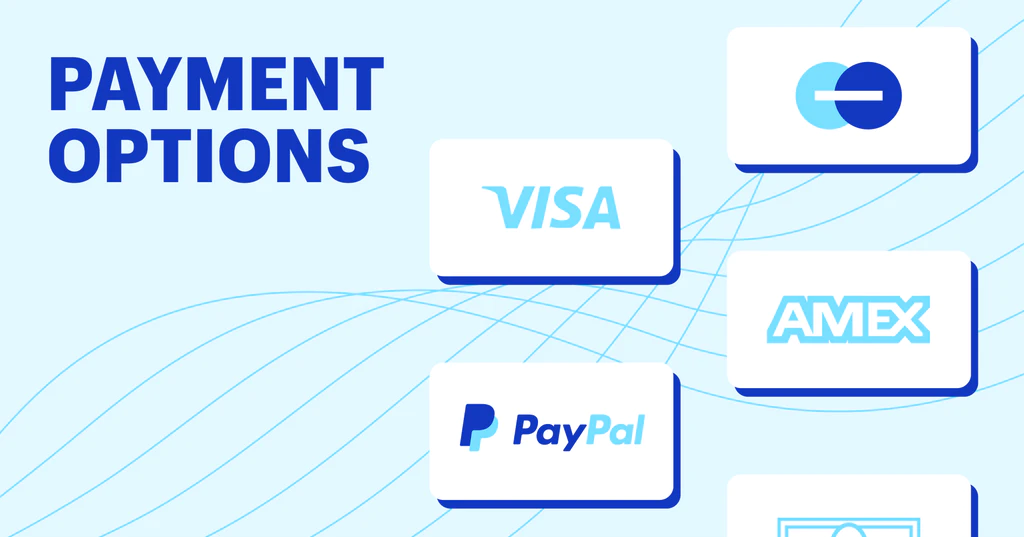
Make sure to research the payment options that are popular in your target market and offer them on your website. Also, ensure that your payment process is secure, easy to use, and reliable to build trust with your customers.
Provide Free Shipping
Offering free shipping can be a great way to increase sales on your eCommerce store. Customers love getting something for free, and by offering free shipping, you can make your store more attractive to potential buyers. Here are some tips for offering free shipping:
- Set a minimum order value: To avoid losing money on shipping costs, you can set a minimum order value that customers need to meet to qualify for free shipping. This can help increase your average order value while still providing an incentive for customers to make a purchase.
- Consider building shipping costs into the product price: Another way to offer free shipping is to build the shipping cost into the product price. This can be a great option if you sell products that have a higher profit margin.
- Use flat-rate shipping: Flat-rate shipping is a set fee that customers pay regardless of the weight or size of the package. This can be a great way to simplify your shipping costs while still providing free shipping.
- Offer free shipping for a limited time: To create a sense of urgency, you can offer free shipping for a limited time. This can help increase sales and encourage customers to make a purchase before the offer expires.

Offering free shipping is not always feasible for every business. Make sure you weigh the costs and benefits before implementing this strategy in your store.
Implement Up-sell, Cross-sell, And Related Product Strategies
Implementing up-sell, cross-sell, and related product strategies can significantly increase your eCommerce store’s revenue. Here are some ways to incorporate these strategies:
- Up-sell: Offer a more expensive version of the product the customer is already considering. For example, if a customer is considering buying a laptop, show them a higher-end version with better features.
- Cross-sell: Suggest related products to the customer based on their current selection. For example, if a customer is buying a camera, suggest additional lenses or memory cards.
- Related products: Display other products that are related to the one the customer is currently viewing. For example, if a customer is looking at a dress, show them related accessories like shoes or jewelry.

To implement these strategies effectively, consider the following tips:
- Relevance and Quality of Recommended Products: Analyze your product catalog to identify items that naturally complement the main products customers are interested in. Prioritize recommendations aligned with customer preferences and needs, utilizing browsing history and purchase patterns for informed suggestions. Ensure that the recommended products are of superior quality to enhance customer trust and satisfaction.
- Persuasive Language, Compelling Calls to Action, and Strategic Product Placement: Utilize compelling calls to action that create urgency and encourage immediate action. Incorporate these recommendations seamlessly into various sections of your website, from product descriptions to checkout pages. Establish a dedicated Related Products or Frequently Bought Together section on product pages for easy exploration of complementary items.
- Data-Driven Analysis and Refinement: Regularly assess sales data to identify patterns of frequently co-purchased products and items that enhance each other’s value when bought together. Utilize analytics tools to track key metrics like click-through rates and conversion rates for recommended products. Employ A/B testing to experiment with different recommendation placements and wording, fine-tuning your approach based on results.
Overall, by implementing up-sell, cross-sell, and related product strategies, you can increase customer satisfaction and boost sales for your eCommerce store.
Collect Social Proof Because It Matters
Social proof is a powerful tool that can help increase customer trust and boost your Shopify success rate. As business owners, it’s important to understand that consumers are highly influenced by the opinions of others.
In fact, studies have shown that 88% of consumers trust online reviews as much as personal recommendations. This is why incorporating social proof into your website is crucial. You can use customer testimonials, product reviews, and comments to showcase the positive experiences that others have had with your business.

Social proof can also come in the form of ratings and rankings on popular review sites like Google Maps and Yelp. These platforms give more weight to reviews from customers who have actually used your products or services.
The great thing about social proof is that it can help convert hesitant shoppers into confident buyers, ultimately leading to increased revenue for your business. So, don’t underestimate the power of social proof, and make sure to incorporate it into your marketing strategy.
It’s important to make sure that the social proof you collect is genuine and authentic. Avoid using fake reviews or endorsements, as this can damage your reputation and ultimately hurt your business.
Utilize Email Marketing Tools
Email marketing can be a powerful tool to boost your Shopify success rate. It allows you to communicate with your customers on a regular basis, keeping them informed about new products, promotions, and other updates. Here are some tips for utilizing email marketing tools effectively:
- Build a targeted email list: Make sure you are sending emails to people who have opted-in to receive them. This ensures that your emails are reaching people who are genuinely interested in your products or services.
- Create compelling content: Your emails should be engaging and informative, with a clear call to action that encourages readers to take action. Use eye-catching visuals, personalized messaging, and relevant offers to make your emails more effective.
- Use automation: Set up automated email campaigns that trigger based on specific actions or events, such as abandoned cart reminders or post-purchase follow-ups. This helps you stay connected with customers without having to manually send each email.
- Test and optimize: Experiment with different subject lines, email designs, and call to action to see what resonates best with your audience. Use data and analytics to track open rates, click-through rates, and other metrics, and use that information to continually improve your email marketing strategy.
In Conclusion,
Starting an eCommerce business has never been easier, and Shopify provides a user-friendly solution for those looking to avoid complicated systems and software. However, figuring out how to succeed can still be a daunting task. We hope this article has given you a head start on understanding Shopify success rate and how to make your store a success. It is crucial to comprehend the importance of each step in your Shopify store development.
After implementing these steps, your Shopify store will have a higher chance to drive more traffic, increase sales, and enhance the success rate. However, it’s not totally 100% chance that your store can be successful. That’s the reason why you need to consult recommendations and request support from experts. At Magenest, we have a plethora of Shopify experienced specialists, who are always eager to boost your store to a new height and stay competitive in the market.











